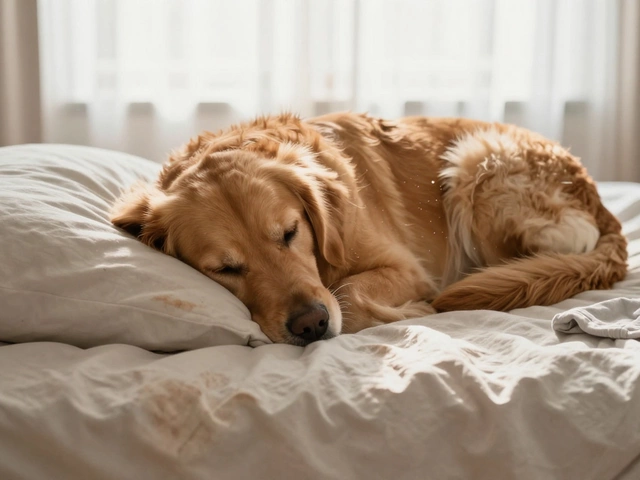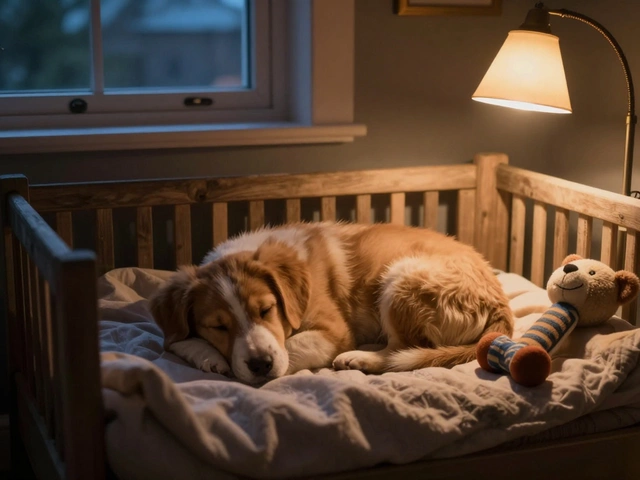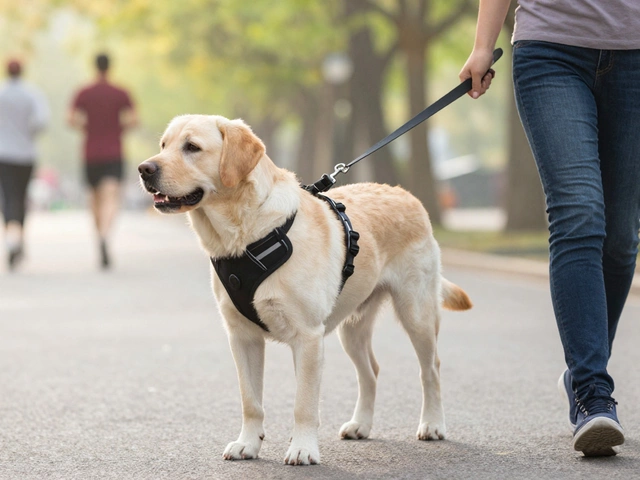First Month with Puppy: Practical Tips to Survive and Thrive
Bringing a puppy home is exciting, but the first month can feel like a whirlwind. You’ll be juggling sleepless nights, potty accidents, and endless energy. The good news? With a few simple steps you can keep the chaos low and the bonding high.
Setting Up the Puppy‑Proof Home
Before the little furball steps inside, scan each room for hazards. Secure loose cords, move toxic plants, and block off stairs with baby gates. A comfy crate or a small pen works like a safe “home base” where your pup can retreat when things get too loud.
Make sure you have the basics ready: a chew‑proof water bowl, a soft bedding area, a few durable puppy toys, and a set of low‑profile plates for food. Vet‑recommended chew toys (see our “Best Chews for Puppies” guide) help soothe teething pains and stop them from gnawing on furniture.
Building a Routine: Feeding, Potty, Play
Consistency is the secret sauce. Feed your puppy at the same times each day – typically three to four small meals for an 8‑week‑old. Stick to a high‑quality puppy food and avoid giving table scraps, which can upset their stomach.
Potty training starts the moment they arrive. Take them outside every two hours, after meals, and right after waking up. Praise them loudly when they go in the right spot – that’s the fastest way to reinforce good behavior. If accidents happen inside, clean the area with an enzymatic cleaner so the smell doesn’t attract them back.
Playtime is just as important as training. Short, frequent sessions keep a puppy’s mind sharp and burn off excess energy. Choose toys that match their age – soft plush for gentle chewing, and tougher rubber chew toys for teething.
Sleep is a hidden challenge. Puppies need 18‑20 hours of rest, so keep the crate or bed in a quiet corner and use a ticking clock or a piece of clothing with your scent to mimic a heartbeat. If your pup whines at night, a quick check and a gentle reassurance usually does the trick.
Socialization can start now, too. Invite a calm friend with a well‑behaved dog to meet your puppy in a neutral space. Short, positive encounters help them grow into a confident adult dog.
By the end of the first month you should see fewer accidents, a growing bond, and a clearer sense of your pup’s personality. Keep the routine steady, celebrate the small wins, and remember that every puppy learns at its own pace. Need more detailed advice? Check out our posts on "When Should Puppies Stop Peeing in the House?" and "Best Routine for an 8 Week Old Puppy" for deeper dives.

What No One Tells You About Getting a Puppy: Real Costs, Sleep, Training & a 30-Day Plan
The messy truth about getting a puppy: sleepless nights, hidden costs, training setbacks, and a realistic first-30-day plan. Clear, human advice for new owners.
read more



